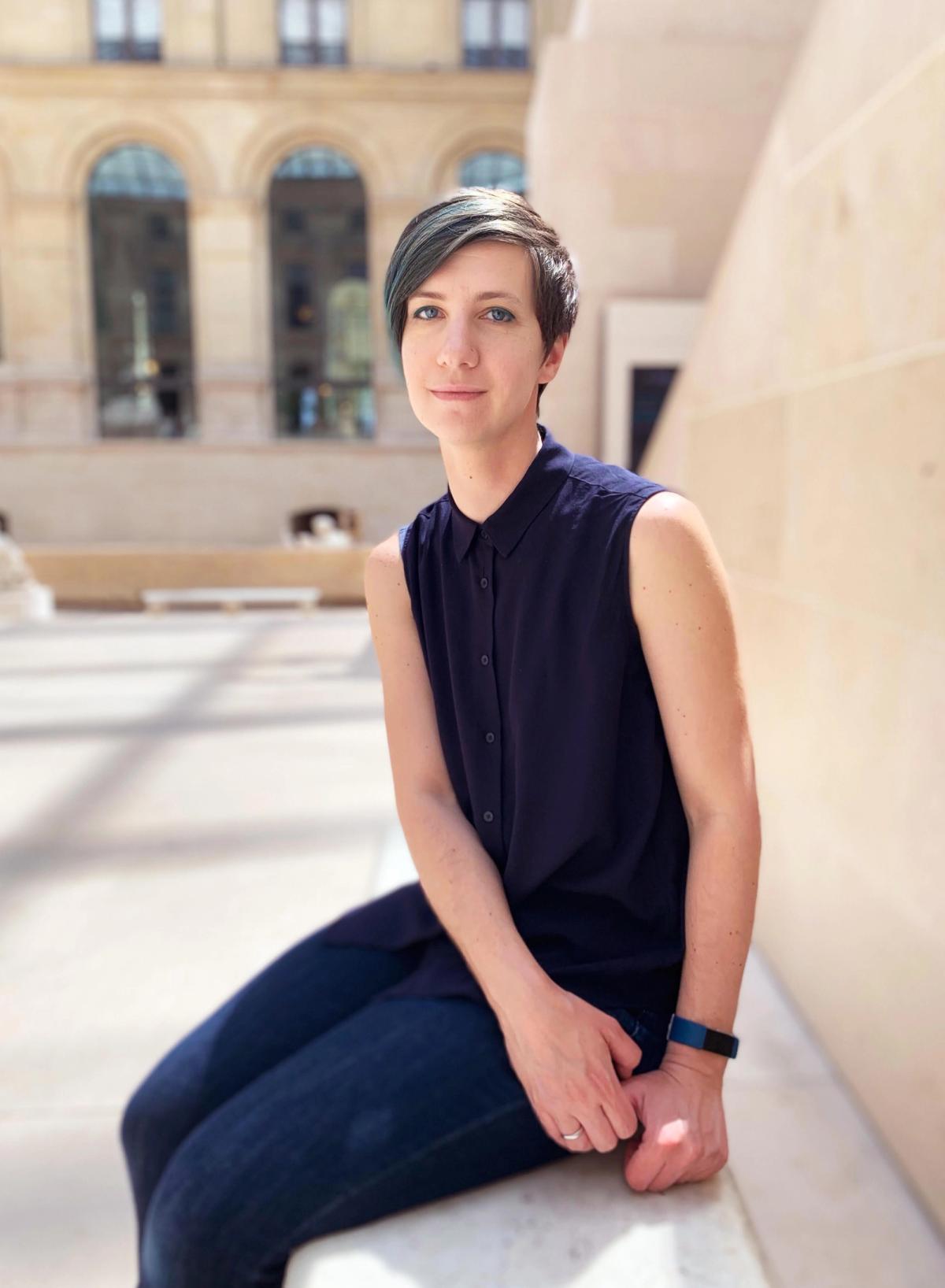The Leslie-Lohman Museum of Art says that Stamatina Gregory will become its first director of curatorial programmes. The news follows several earlier announcements of change for the LGBTQ art institution. Those include a $7m capital campaign for building renovations, a $500,000 bequest to establish its first endowment fund, and the acquisition of nearly 125 works by artists like Donna Gottschalk and George Platt Plynes from the collector Michael Manganiello. The museum also dropped "Gay and Lesbian" from its title in an effort to make itself more open and queer-friendly.
Gregory joins the museum after a tenure at Cooper Union, where she was an associate dean. She has organized exhibitions at institutions like Philadelphia’s Institute of Contemporary Art and was the deputy curator of the inaugural pavilion for the Bahamas at the 55th Venice Biennale in 2013. She has also taught art history and critical theory at universities like The New School, Sotheby’s Institute, and New York University.
“Stamatina brings a depth of experience along with a keen awareness of contemporary visual art movements that will engage and expand our audiences,” says Margaret Rose Vendryes, co-chair of the museum’s board.
For Gregory, the new job comes at a moment when museums are being questioned at a fundamental level. “Leslie-Lohman has been presenting critical and timely exhibitions and programs that embrace expanded definitions of queer art,” she told The Art Newspaper. “I look forward to supporting and building on this work by growing and diversifying the collection … and continuing the museum’s legacy of connecting queer cultures across geography and time.”
The Leslie-Lohman Museum was founded in 1969 for gay artistst to openly exhibit their work. It was first opened in the loft of its founders, Charles Leslie and Fritz Lohman. During the AIDS epidemic, the museum was known for rescuing art of deceased queer artists whose families — out of shame or ignorance — wanted to destroy it. The collection now consists of over 30,000 objects and the museum hosts six major exhibitions annually alongside many other events and programs. (This writer helps curate the museum’s residency for queer emerging performance artists and experimental theater-makers.)
“As the museum expands its reach and representation within the various communities under the LGBTQ+ umbrella, we felt it appropriate to hire an individual to help us with our programmatic vision for the future of the Museum,” says Gonzalo Casals, the museum’s executive director. “Stamatina’s creative and research-based approach to our collections, her unique way of collaborating with artists, and expansive understanding of queer art made her a perfect candidate for this role.”


